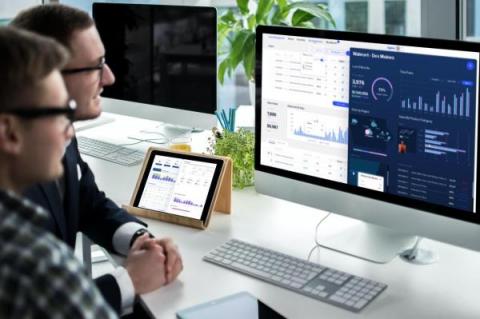What is Ask Yellowfin and Code Assistant? Introducing Yellowfin AI Chatbots
Data analytics and business intelligence (BI) are key for driving informed decisions, and today's best solutions make use of artificial intelligence (AI) to help users along the way. AI chatbots, powered by natural language and machine learning (ML), are one such intelligent tool that can quickly analyze large datasets, helping your business users find helpful answers to queries, get recommendations, and even uncover valuable insights.











